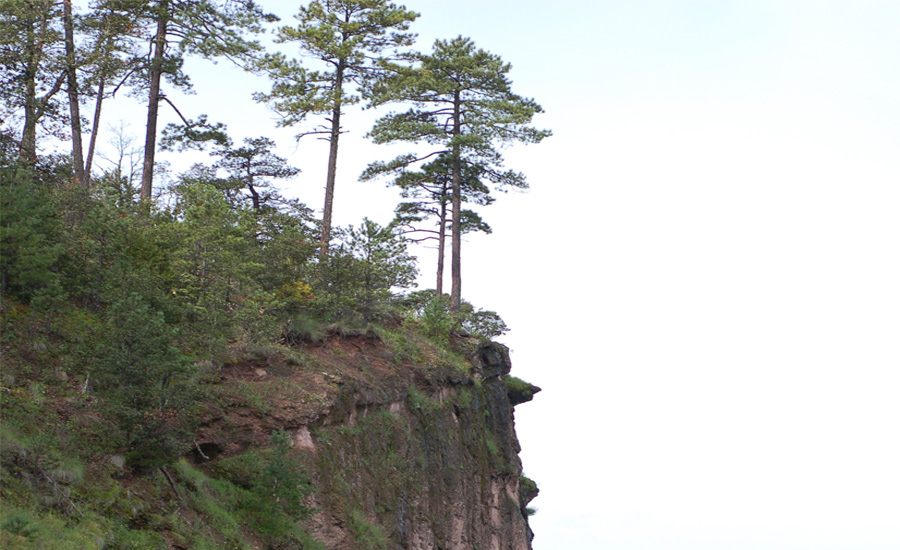
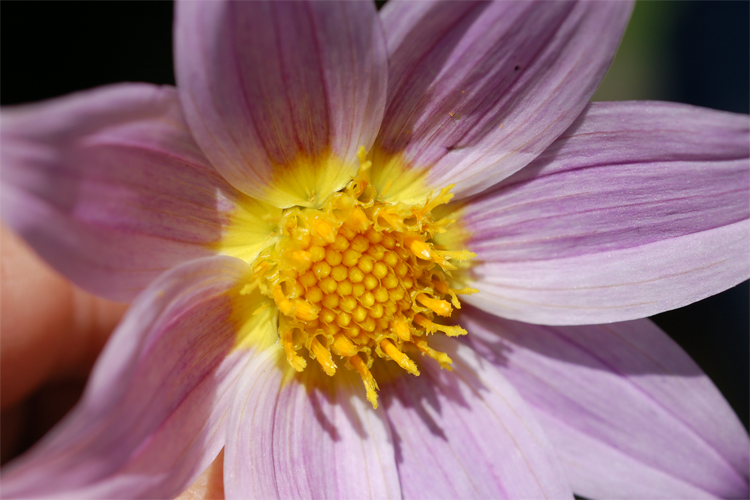
Dahlia rupicola Sørensen (1969) is known from western Durango and eastern Sinaloa along the state line with Durango at elevations of about 1800-2300 meters (6,000-7,500 feet). It inhabits sunny rock ledges, sometimes on cliff facings high above the highway. Associates include species of Agave, begonias, mosses, ferns, and sometimes D. coccinea. Its finely dissected leaves give it a beautiful ferny appearance.
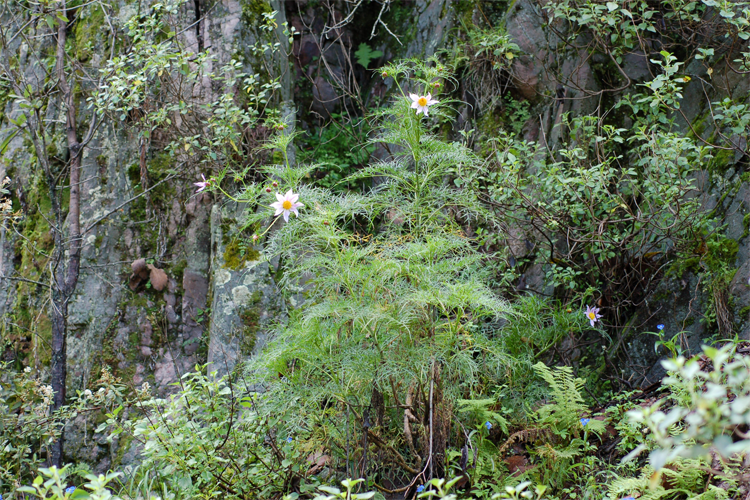
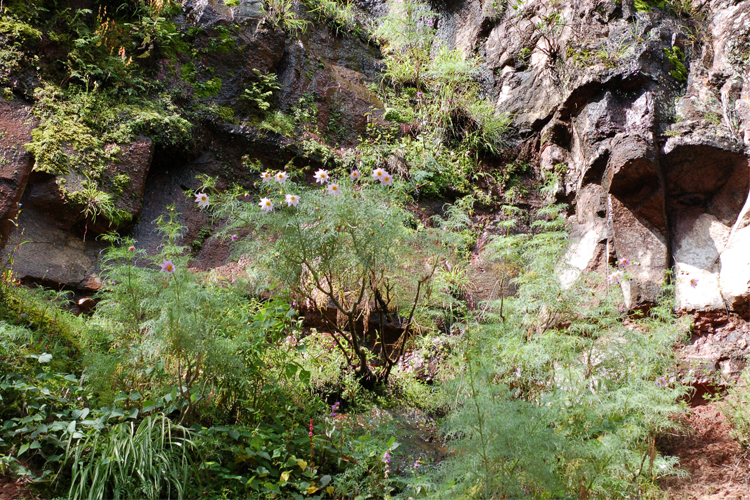
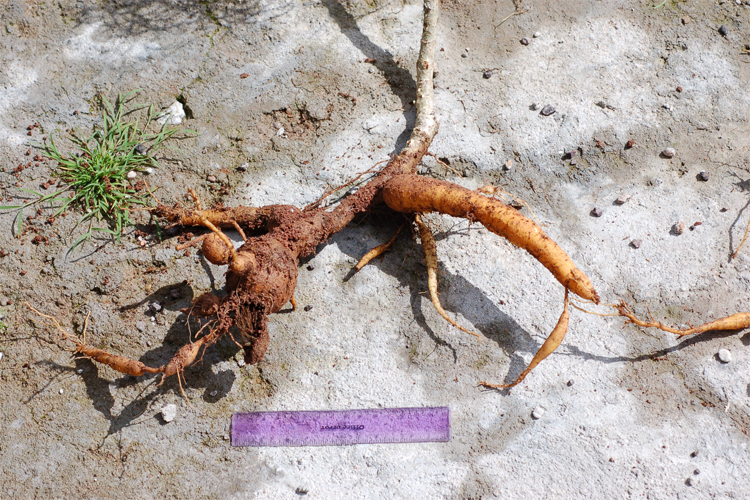
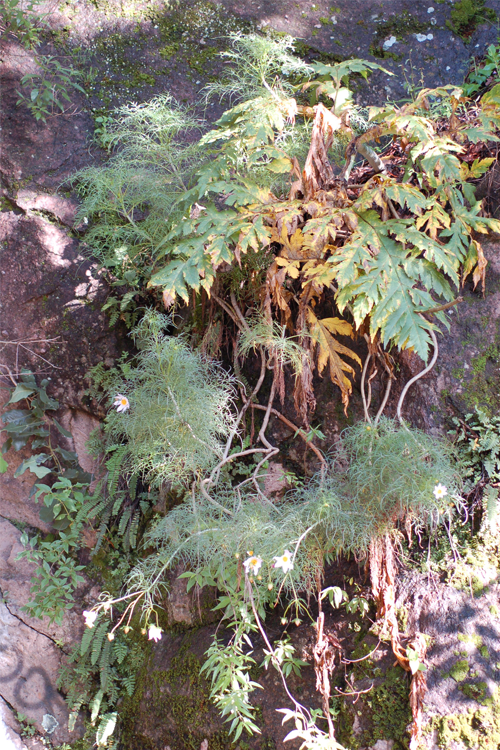
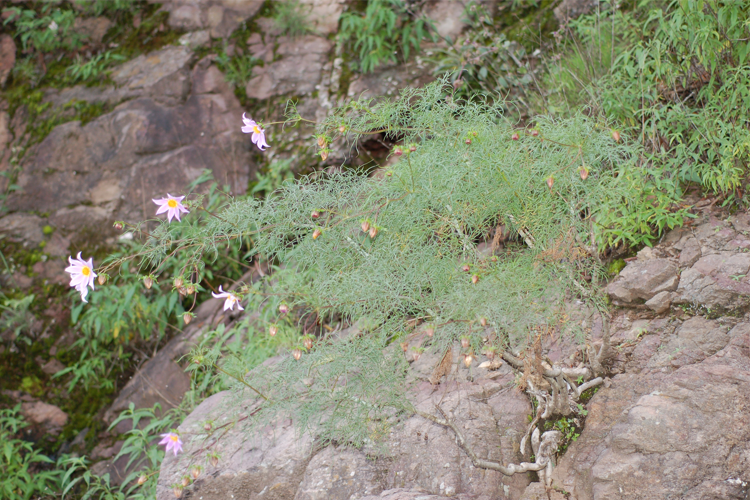
References
Saar, D. E. 1999. A phylogenetic analysis of the genus Dahlia (Asteraceae): an interdisciplinary study. Ph.D. dissertation, Department of Biological Sciences, Northern Illinois University, DeKalb, IL, USA, 266pp.
Sørensen, P. D. 1969. Revision of the genus Dahlia (Compositae, Heliantheae-Coreopsidinae). Rhodora 71: 309-365, 367-416.